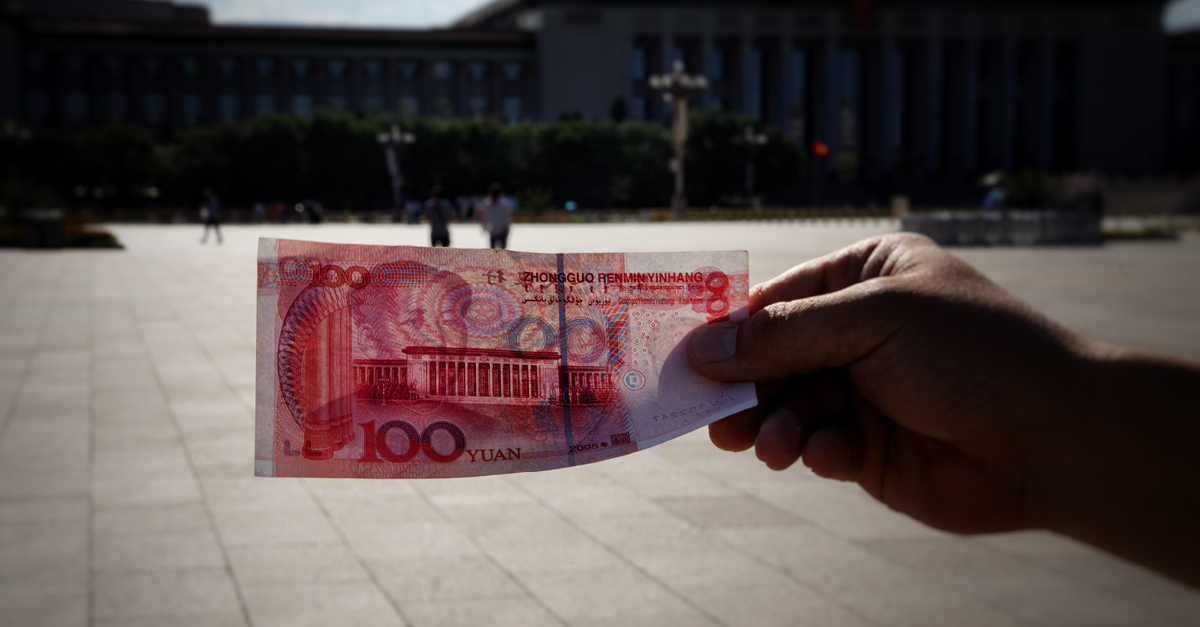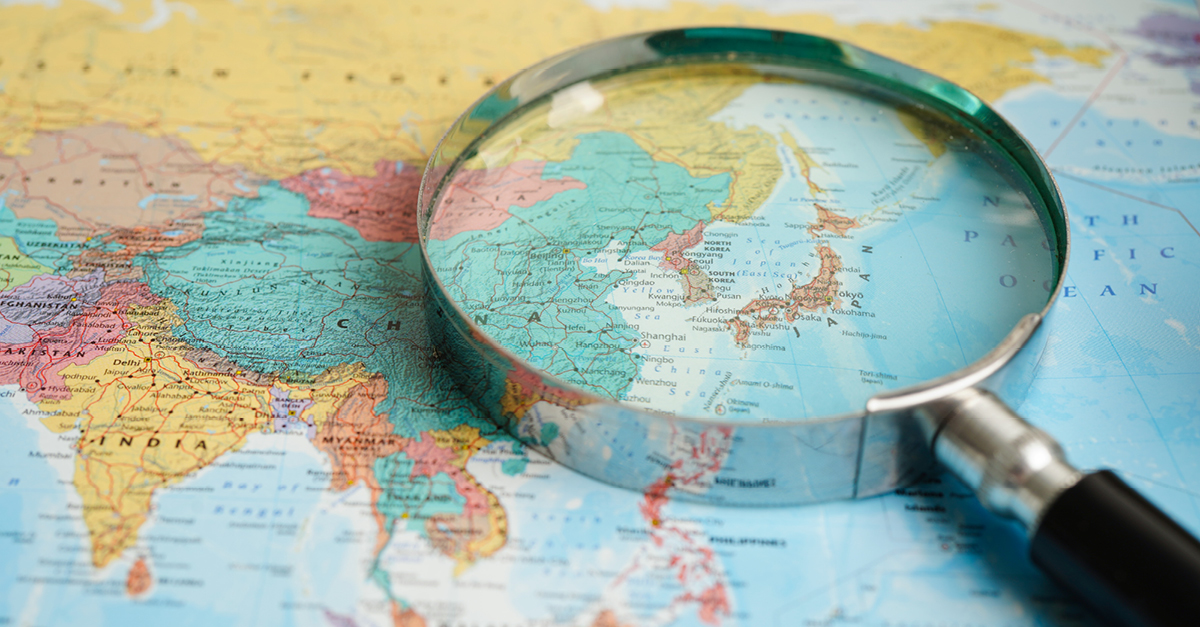
c.800AD: Pound Sterling
Pretty much for as long as there has been an England, there has been the Pound. Even before 1066 and William the Conquerer, the British Isles have been using some form of Pound.
The Pound Sterling began back in the reign of King Offa of Mercia in the 600s. At this time (in theory, if not in practice) 240 silver coins made up a Pound in weight.
The term Sterling is therefore linked to the metal silver and the term Pound is linked to the literal unit of weight.
Pennies were introduced in the 1100s and the first Pound coins were introduced in the 1400s. The first Shillings were introduced in the 1500s.
In 1921, the Bank of England began issuing paper banknotes. (Interestingly, HM Queen Elizabeth II is the only monarch ever to be depicted on them.)
Because of the Pound Sterling’s long history, its units and subunits became more and more complex and arguably illogical over time.
In 1971 the currency was decimalised and in 1984 the halfpenny was removed from circulation, leaving us with the currency we know today.
1792: The US Dollar
The United States is one of the few countries that has had the same consistent currency throughout its history.
The Dollar is not an English term, it’s actually Spanish, with the first dollars in the Americas being worth seven silver coins of the Spanish Empire.
Upon independence, the US Congress established the US Mint and declared the Dollar as the national currency in 1792. They began issuing dollar coins straight away.
The first notes were printed during the US Civil War in the 1860s. (The Southern States also issued a ‘Confederate Dollar’ during the short-lived southern confederacy).
In 1900 the US Dollar joined the gold standard, remaining linked until the 1970s. It was during the Second World War that the dollar became a world currency and the most used internationally.
The US Dollar coin and banknote design are one of the least changed out of all currencies. In present-day America, there is a large campaign to get a woman featured on a banknote for the first time. The current aim is the have legendary figure Harriet Tubman featured on the $20 note.


1798: The Swiss Franc
Six years after the minting of the US Dollar, the Swiss Franc started to be centrally produced. In 1798 Switzerland became the Helvetic Republic and adopted the Franc as the official currency. The centralised republic was short-lived but the impact of the centrally produced currency would last to the present day.
In the early 1800s, following the downfall of the Helvetic Republic, each of the Swiss cantons used the Franc as the model of their own currencies and incorporated it into the way they managed their currencies.
Despite multiple government changes, the Franc remained a base unit. In 1848 Switzerland became the federal country that we know today and the formal adoption of today’s Swiss Franc began.
Between 1866 and 1927 the Latin Monetary Union was in place making the Swiss, Belgian and French Francs as well as the Italian Lira worth the same.
It introduced paper banknotes in 1907 and was pegged in part to the price of gold until as late as the year 2000!
Today the Swiss Franc is legal tender in both Switzerland and the tiny principality of Liechtenstein. It is one of the world’s most widely circulated currencies.
Now moving forward
by over 200 years ...
2003: The Serbian Dinar
The Serbian Dinar is a really interesting case. The first use of this currency is actually in medieval times, however, in its current form, it’s only been in use since 2003.
In 2003, after years of fragmentation, the titan of Central Europe, Yugoslavia finally ceased to exist. It was replaced by the State Union of Serbia and Montenegro (i.e. modern-day Serbia). The former currency, the Yugoslav Dinar was replaced by the Serbian Dinar at par.
Initially, the currency had the code CSD however following Montenegro’s declaration of independence and unofficial adoption of the Euro, the currency took its current code RSD.
The Serbian Dinar is subdivided into 100 para, however, these are now defunct. Its banknotes range from 10 to 5000.


2004: Surinamese Dollar
Suriname is a relatively small country of just under 600,000 people on South America’s northeastern Atlantic coast. It’s overshadowed by its overwhelming neighbour to the south: Brazil.
Suriname is a former colony of the Netherlands gaining independence in 1975. For a long time, Suriname used a variation on the Dutch Guilder, ironically using a guilder for a few years after Holland had replaced it with the euro. However, following a long period of inflation, it was replaced in 2004 with the new Surinamese Dollar.
It’s often referred to locally as the SRD because the use of the USD is so commonplace in this part of South America. The currency is not freely traded and has rigidly fixed rates, set by the Central Bank in Suriname’s capital Paramaribo.
2011: South Sudanese Pound
South Sudan is the world’s youngest country. It was founded in 2011 following a referendum on independence from Sudan.
For context, Sudan was always traditionally split between the Muslim majority north and the Christian majority south.
The South Sudanese currency (SSP) was introduced just before independence and sat at par with Sudan’s currency (also the Pound, SDG).
At its introduction, the two different Sudanese pounds were at parity, however, South Sudan has experienced a whole host of problems from heavy inflation to civil war. Today 1 Sudanese Pound (SDG) is worth just 0.29 South Sudanese Pounds.
The South Sudanese Pound is split into 100 Piaster (pt) and when introduced it came in Banknotes of £10, £20, £50 and £100. However, due to rapid inflation in 2018, a £500 note was introduced and last year a £1000 note was introduced.
For the last couple of years, plans have been in place to replace the currency.





